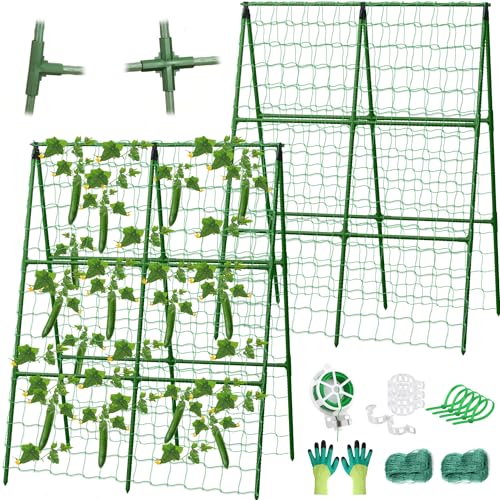wildhair
Member
- Joined
- Oct 29, 2016
- Messages
- 544
- Reaction score
- 337
Alrighty then - on the calcium carbonate & how to use it. If you go back to post #61 on page 4 - I mentioned testing the ph BEFORE adding the yeast. Here's the highlight -
Once you get that 1.090 reading - THEN add the rest of the ingredients EXCEPT the yeast. Stir it all up, check the ph. If it's less then 3 - add calcium carbonate @ 1/2 t per gallon to start. Wait about an hour, test ph again. If it's around 3.2 - 3.5 - you're good. Still low? Add another 1/2 t per gal, wait, test ph.
After 12 hrs +/- check the sg (around 1.090) and ph (3.2 - 3.5 ) again. If it's all good - add your yeast, cover with a towel and let the yeast do it's thing.
If you don't have a ph meter - just taste it. If it burns at the back of your throat - it's probably too acidic.
Attached is a collection of info from various sites focused on acidity - testing, increasing or reducing. You will need to get a ph meter. I have an acid testing kit, but personally - I find the ph meter easier to use and it tells me what I need to know. Also - I don't know that acid test kits detect oxalic acid.
I don't have my notes in front of me, but I recall the ph of my rhubarb was in the 2's as well. I used calcium carbonate to raise the # to about 3.2-ish before adding yeast. It is easier to adjust the ph of the must (the fruit/sugar mix) BEFORE fermentation than after. But I've done it both ways. So - imho - get a ph meter, learn to use it - you won't regret it.
Once you get that 1.090 reading - THEN add the rest of the ingredients EXCEPT the yeast. Stir it all up, check the ph. If it's less then 3 - add calcium carbonate @ 1/2 t per gallon to start. Wait about an hour, test ph again. If it's around 3.2 - 3.5 - you're good. Still low? Add another 1/2 t per gal, wait, test ph.
After 12 hrs +/- check the sg (around 1.090) and ph (3.2 - 3.5 ) again. If it's all good - add your yeast, cover with a towel and let the yeast do it's thing.
If you don't have a ph meter - just taste it. If it burns at the back of your throat - it's probably too acidic.
Attached is a collection of info from various sites focused on acidity - testing, increasing or reducing. You will need to get a ph meter. I have an acid testing kit, but personally - I find the ph meter easier to use and it tells me what I need to know. Also - I don't know that acid test kits detect oxalic acid.
I don't have my notes in front of me, but I recall the ph of my rhubarb was in the 2's as well. I used calcium carbonate to raise the # to about 3.2-ish before adding yeast. It is easier to adjust the ph of the must (the fruit/sugar mix) BEFORE fermentation than after. But I've done it both ways. So - imho - get a ph meter, learn to use it - you won't regret it.
I remembered this post when you said you could drink it fairly quickly. I sure like your take on it a lot better. Right away as compared to 7 years. Also, we're not French, nothing sophisticated about our pallets, at this point.
However, based on this informative post, we also got some of this calcium carbonate. Its sitting here, have no idea what to do with it.
And yes, totally hear you about the full rhubarb taste. That will be the next batch. Chopping and freezing for the next batch is in progress.























































